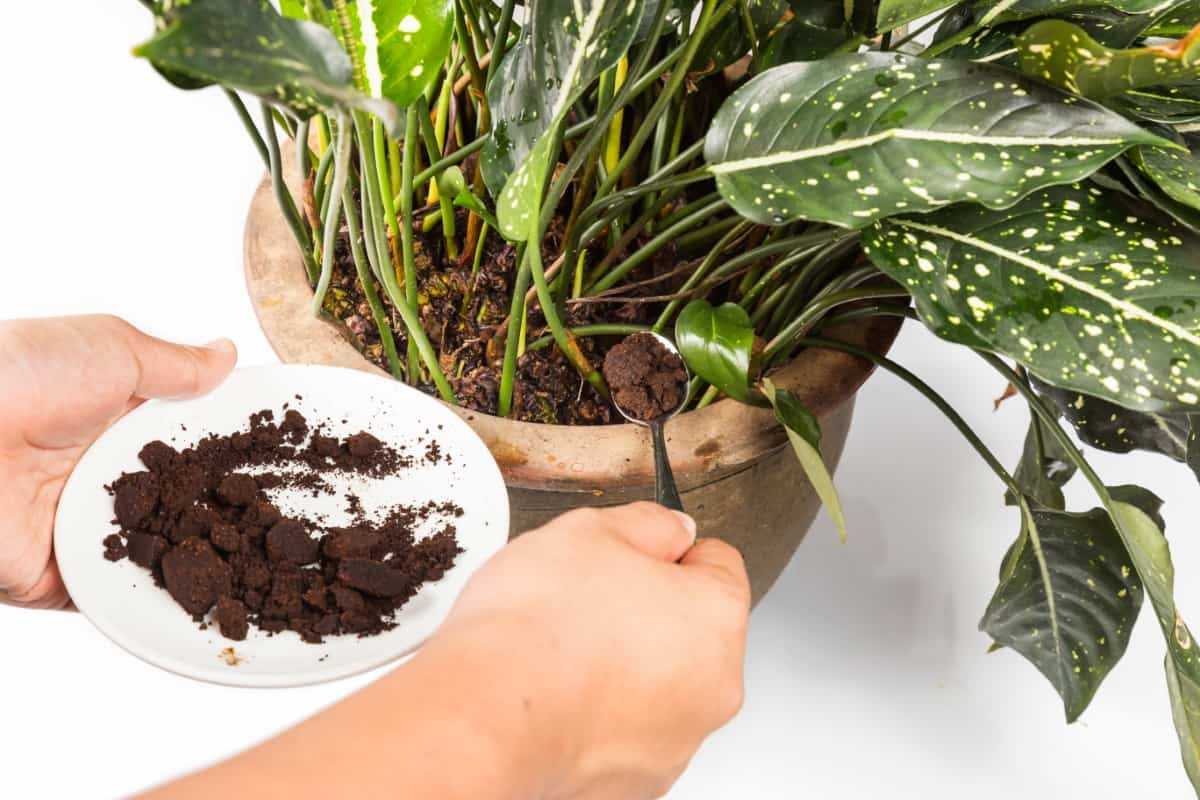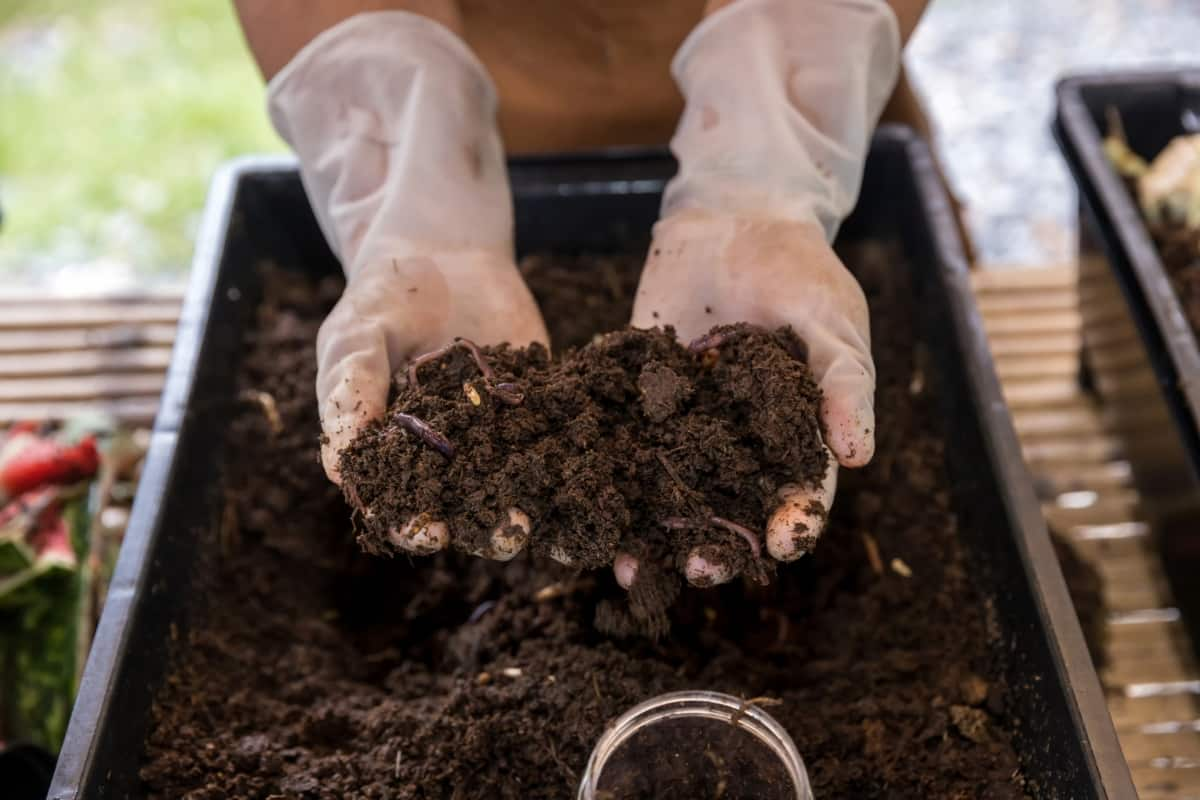Nitrogen is crucial in the growth and development of vegetables. Plants require it in large quantities as an essential nutrient for various physiological processes. Nitrogen is a key component of proteins, enzymes, chlorophyll, and DNA, which is crucial for plant growth. It aids in photosynthesis, promoting the production of energy-rich compounds necessary for plant growth.

Nitrogen also enhances root development, leaf expansion, and overall plant vigor. Insufficient nitrogen levels can result in stunted growth, yellowing leaves, and reduced yield. Therefore, adequate nitrogen supply is essential for optimal vegetable growth and productivity.
Homemade Nitrogen Fertilizer for Vegetables
Benefits of Homemade Nitrogen Fertilizer for Vegetable Gardens
Homemade nitrogen fertilizer is crucial in enriching the soil with essential nutrients, particularly nitrogen. Nitrogen is vital for plant growth, promoting robust foliage, healthy root development, and improved overall plant health. By incorporating homemade nitrogen fertilizer into the soil, gardeners can ensure that their vegetable plants receive an adequate supply of this vital nutrient, leading to increased yields, healthier plants, and better-quality vegetables.
Another significant advantage of homemade nitrogen fertilizer is its environmentally friendly nature. Commercial fertilizers often contain synthetic chemicals that can harm the environment, contaminate water sources, and disrupt the delicate balance of ecosystems. In contrast, homemade nitrogen fertilizer typically utilizes organic materials that are sustainable, biodegradable, and safe for the environment.
Different Sources of Nitrogen for Homemade Fertilizers
- One common source of nitrogen is compost. Composting organic materials, such as kitchen scraps, yard waste, and manure, can provide a nutrient-rich nitrogen-rich fertilizer.
- Another source of nitrogen is grass clippings. Allowing grass clippings to decompose releases nitrogen into the soil, promoting healthy plant growth.
- Additionally, legume plants, such as peas and beans, can fix nitrogen from the climate and store it in their roots. These plants can be grown and then incorporated into homemade fertilizers.
- Other nitrogen sources for homemade fertilizers include coffee grounds, which are rich in nitrogen and can be added directly to the soil or used to make a liquid fertilizer.
In case you missed it: How to Make Organic Liquid Lawn Fertilizer at Home: DIY Homemade Recipe

Composting Techniques for Nitrogen-Rich Organic Fertilizers
- To effectively compost nitrogen-rich materials, such as kitchen scraps, grass clippings, and manure, it is important to balance the carbon-to-nitrogen ratio.
- Mixing nitrogen-rich materials with carbon-rich materials, such as leaves or wood chips, can achieve this.
- Turning the compost regularly helps break down organic matter and speeds up the decomposition process.
- Adequate moisture and aeration are also crucial for successful composting.
- By following these techniques, gardeners and farmers can efficiently compost nitrogen-rich organic fertilizers, a valuable resource for improving soil health and plant growth.
Utilizing Leguminous Plants for Nitrogen Fixation in Homemade Fertilizers
Leguminous plants are highly beneficial for nitrogen fixation in homemade fertilizers. These plants can uniquely convert atmospheric nitrogen into a form other plants can easily utilize. By harnessing this process, gardeners and farmers can reduce their reliance on synthetic fertilizers, which can harm the environment.
Leguminous plants, like peas, beans, and clover, contain nodules on their roots that have nitrogen-fixing bacteria. These bacteria collect and convert atmospheric nitrogen into ammonia, which the plants can absorb and release into the soil. This natural process enhances soil fertility and promotes sustainable agriculture practices.
Creating a Balanced Nitrogen Fertilizer Blend for Vegetables
Nitrogen is one of the vital nutrients for plants, and its proper application can enhance plant vigor and productivity. When formulating a fertilizer blend, it is important to consider the nitrogen requirements of different vegetable crops. Leafy greens, like lettuce and spinach, require higher nitrogen levels, while root crops, like carrots and potatoes, need comparatively lower amounts.
A balanced fertilizer blend can be achieved by carefully selecting nitrogen sources like ammonium nitrate, urea, or organic matter and adjusting their ratios. Regular soil testing and monitoring plant nutrient status are also essential for maintaining nutrient balance and preventing excessive nitrogen application, which can lead to environmental pollution.
Step-By-Step Guide to Making Nitrogen-Rich Liquid Fertilizer at Home
- Collect organic materials: Begin by gathering organic materials rich in nitrogen. These could include grass clippings, vegetable scraps, coffee grounds, or manure.
- Prepare a container: Select a large container with a lid, like a plastic bucket or a barrel, to hold the organic materials and water.
- Add organic materials: Fill the container halfway with your collected organic materials.
- Add water: Fill the remaining container with water, ensuring that all the organic materials are fully submerged.
- Mix and cover: Stir thoroughly using a stick or a shovel. Then, cover the container with its lid to prevent any unwanted pests or smells.
- Let it ferment: Allow the mixture for about three to four weeks. The organic materials will decompose and release nitrogen into the water during this time.
- Strain and dilute: After fermentation, strain the liquid fertilizer using a fine-mesh strainer or cheesecloth. Dilute the strained liquid with water at a ratio of 1:10.
- Apply to plants: Finally, water your plants with nitrogen-rich liquid fertilizer. Apply it around the base of your vegetable plants, being careful not to over-fertilize.
In case you missed it: Propagation of Jaboticaba: Growing Conditions, and Fertilizer Requirements

Harnessing the Power of Vermicomposting for Nitrogen Enrichment
Vermicomposting is a powerful method for enriching soil with nitrogen. It uses earthworms to break down organic matter, such as kitchen waste and yard debris, into nutrient-rich compost. These earthworms, known as red wigglers, consume the organic material and excrete nutrient-rich castings, also known as vermicast.
Vermicast is a valuable fertilizer high in nitrogen, an essential nutrient for plant growth. When applied to soil, vermicast enhances its fertility, promotes healthier plant growth, and reduces the need for chemical fertilizers. By harnessing the power of vermicomposting, gardeners and farmers can improve soil quality and increase crop yields in an eco-friendly and sustainable manner.
In case you missed it: Peach Tree Fertilizer Requirements: Recommendation, Timing, and Frequency of Application

Enhancing Soil Health with Nitrogen Amendments in Homemade Fertilizers
Enhancing soil health is essential for maintaining a productive garden or farm. One way to achieve this is by using nitrogen amendments in homemade fertilizers. Nitrogen is one of the important nutrients for plant growth and development. It promotes healthy leaf and stem growth and enhances the overall vigor of plants.
Homemade fertilizers enriched with nitrogen can be created using organic materials like compost, manure, or legume cover crops. These materials naturally contain nitrogen and can be easily incorporated into the soil. By using nitrogen amendments in homemade fertilizers, gardeners and farmers can improve soil fertility, increase crop yields, and foster a sustainable approach to agriculture.
Best Practices for Applying Homemade Nitrogen Fertilizer to Vegetable Crops
- Firstly, it is crucial to conduct a soil test to know the nutrient requirements of the specific vegetable crop.
- This will help in determining the appropriate amount of homemade nitrogen fertilizer needed.
- Secondly, apply the fertilizer evenly across the planting area to ensure uniform nutrient distribution.
- Incorporating the fertilizer into the soil before planting or during early growth stages is recommended.
- Lastly, avoid over-applicating homemade nitrogen fertilizer, as excessive amounts can lead to nutrient imbalance and environmental pollution.
- By adhering to these best practices, vegetable crops can thrive and produce abundant yields.
Conclusion
In conclusion, homemade nitrogen fertilizer offers numerous benefits for vegetable gardens. The fertilizer provides essential nutrients to the plants, promoting healthy growth and increased yields. Additionally, it is an affordable and sustainable alternative to commercial fertilizers. Gardeners can enhance their vegetable crops’ overall health and productivity by making and using homemade nitrogen fertilizers.
- Feed Your Flock for Less: Top 10 Tips to Save on Chicken Feed
- Ultimate Guide to Ossabaw Island Hog: Breeding, Raising, Diet, and Care
- Hatching Answers: The Top 10 Reasons Your Chickens Aren’t Laying Eggs
- Eggs and Economics: Breaking Down the Cost of Raising Backyard Chickens
- Defend Your Greens: Proven Methods to Keep Iguanas Out of Your Garden
- Ultimate Guide to Cinnamon Queen Chicken: A Comprehensive Guide for Beginners
- Ultimate Guide to California Tan Chicken: Breeding, Raising, Diet, Egg-Production and Care
- Ultimate Guide to Marsh Daisy Chicken: Breeding, Raising, Diet, and Care
- 10 Types of Chicken Farming Businesses You Can Start for Profits